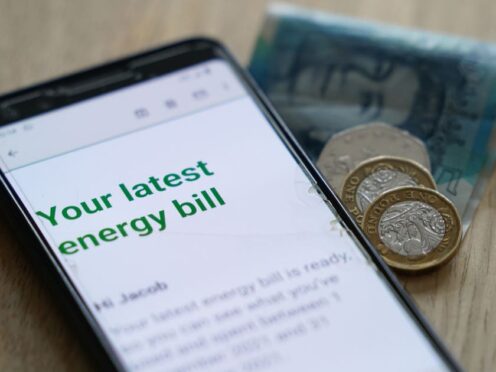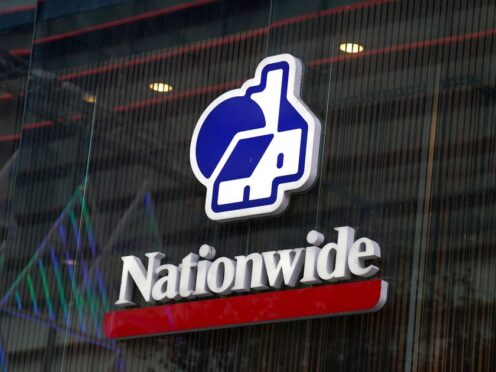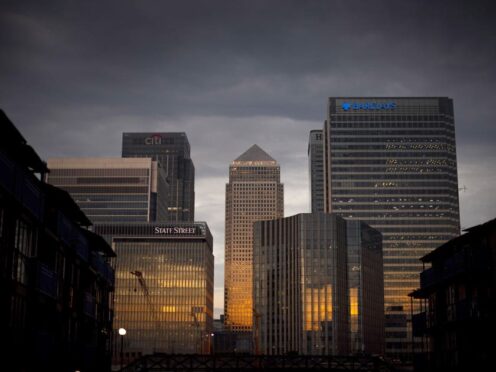Keir Willox, a Partner in Shepherd and Wedderburn’s corporate team, explains how family businesses can survive market disruptions.
-
Some Press and Journal online content is funded by outside parties. The revenue from this helps to sustain our independent news gathering. You will always know if you are reading paid-for material as it will be clearly labelled as “Partnership” on the site and on social media channels.
This can take two different forms.
“Presented by”
This means the content has been paid for and produced by the named advertiser.
“In partnership with”
This means the content has been paid for and approved by the named advertiser but written and edited by our own commercial content team.
Family-owned businesses, the backbone of the UK economy, have managed to remain resilient despite the confusion, uncertainty and disturbance caused by the COVID-19 pandemic.
In the UK alone, the Institute for Family Business Research Foundation suggests in its 2020/21 The State of the Nation report that family-owned businesses account for 85% of all private sector firms, generate £1.7 trillion in revenue and collectively employ more than 13 million people.
The pandemic impacted almost every sector of the economy and businesses of all sizes. Family businesses were not immune and have been under immense pressure to respond to various challenges presented by the pandemic as well as operational disruption.
A great many family businesses have remained successful over generations, operating across a variety of business sectors and often diversifying to adapt to changing needs and demands. Some saw the pandemic as an opportunity to diversify into new product lines, for example, manufacturing hand sanitiser, emphasising their ingenuity as well as their resilience.
The key to their continued success lies in prudent planning, strong leadership, cultivating trusted, long-term relationships with customers and suppliers, and building a business that values employees and goes the extra mile for its customers.
Our message to clients is that, despite the knock-on effects from unforeseen events of such magnitude, the foundations of success remain unchanged.
In preparing for the future and responding to the next rapidly evolving crisis, family businesses should be sure to:
- have a robust business continuity plan in place that is understood by its leaders;
- demonstrate the strength of leadership through robust corporate governance, which is required to provide reassurance and to make difficult decisions thoughtfully and expeditiously in line with the core values of the business;
- work to collectively agreed business values; and have a succession plan in place which ought to assist with navigating ownership issues when these arise (such planning has been brought into sharp relief by the pandemic);
- communicate regularly with employees, customers, lenders and suppliers. Open, honest communication from the leadership team is key in any business, and builds trust, confidence and credibility.
Family businesses can also become a cauldron of emotions, with competing views on how to act becoming a recipe for conflict. Resistance to changing the way things are done can also sometimes become a liability.
An effective way to navigate these tensions is to have a family-business constitution or family charter in place, agreed by and regularly reviewed by all interested parties: a collective agreement defining the values of the business, its collectively agreed business plan and a clear succession strategy.
Family businesses will remain key to rebuilding growth and prosperity as we all continue to acclimatise to the new normal in a post-COVID world.
The strength in family businesses is knowing first-hand the importance of “we’re all in this together”.










